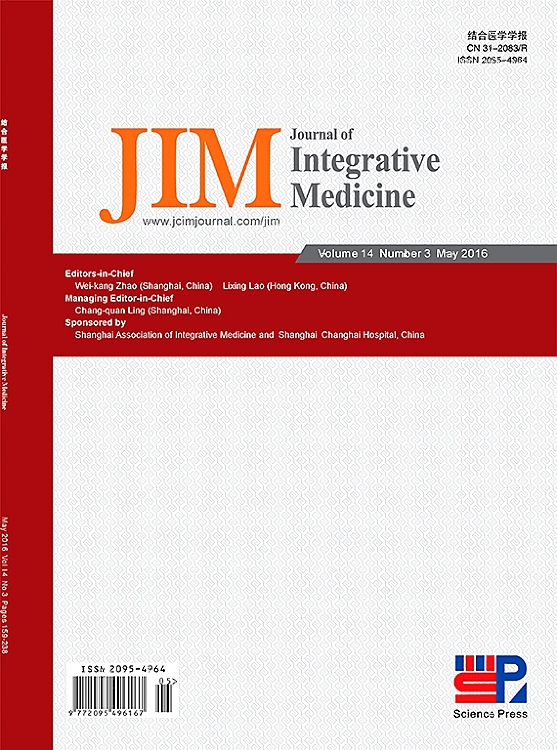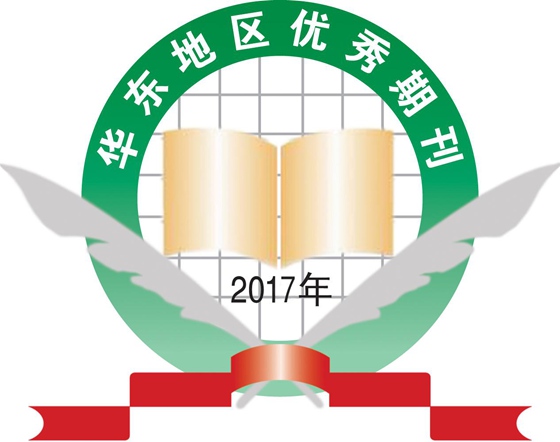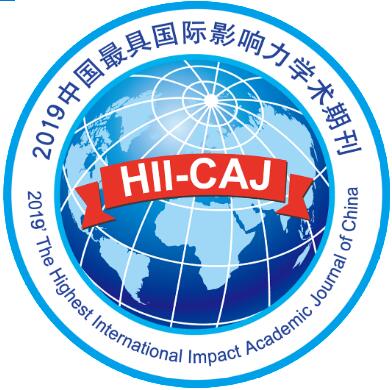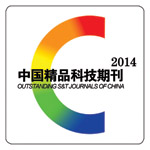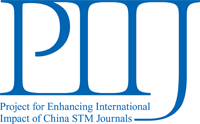Background
Moderate to severe breast pain has major effects on the quality of life for patients. Patent Chinese medicines are widely used in the treatment of breast pain due to their stable dosage form and good efficacy.
Objective
To evaluate the beneficial effects and safety of Hongjin Xiaojie Capsule (HJXJC), a Chinese patent medicine, for the treatment of cyclical breast pain.
Design, setting, participants and intervention
This is a multicenter, single-blind randomized controlled trial conducted in 3 medical centers in China from 2019 to 2021. Patients with moderate to severe cyclic breast pain were randomly divided into the intervention group (who took HJXJC, four capsules per dose, three times a day for 12 weeks) and the control group (waiting for the treatment) in a 1:1 ratio.
Main outcome measures
The primary outcome was pain duration, and the patients recorded measurements at baseline and at the end of weeks 4, 8, 12 and 16 on a patient log card.
Results
The full analysis set (FAS) population included 298 participants (intervention group,
n = 150; control group,
n = 148), while the per-protocol analysis set (PPS) included 274 participants. After 12 weeks, the duration of breast pain was significantly shorter in the intervention group (FAS: mean difference, –6.69; 95% CI, –7.58 to –5.80;
P < 0.01,
vs control. PPS: mean difference, –7.09; 95% CI, –8.01 to –6.16;
P < 0.01,
vs control). The Short-form McGill Pain Questionnaire (SF-MPQ) scores were significantly lower in the intervention group (FAS: mean difference, –12.55; 95% CI, –13.90 to –11.21;
P < 0.01,
vs control. PPS: mean difference, –13.07; 95% CI, –14.48 to –11.66;
P < 0.01,
vs control). The above indicators continued to be significantly different through week 16. Moreover, in the intervention group, breast lumps shrank after 12 weeks and the size of breast lumps was statistically smaller than that in the control group (
P < 0.05), whereas the sizes of breast nodules and uterine fibroid showed no statistically significant difference compared with the control group (
P > 0.05). At weeks 8 and 12, the dysmenorrhea scores in the intervention group were lower than those in the control group (
P < 0.05). No obvious adverse reactions were observed in any group.
Conclusion
HJXJC can significantly shorten the duration of breast pain, reduce breast pain, reduce the size of breast lumps, and relieve dysmenorrhea. However, it has no significant effect on the size of breast nodules or uterine fibroid.
Trial registration
This trial has been registered at the ISRCTN Registry. Number: ISRCTN44184398.



